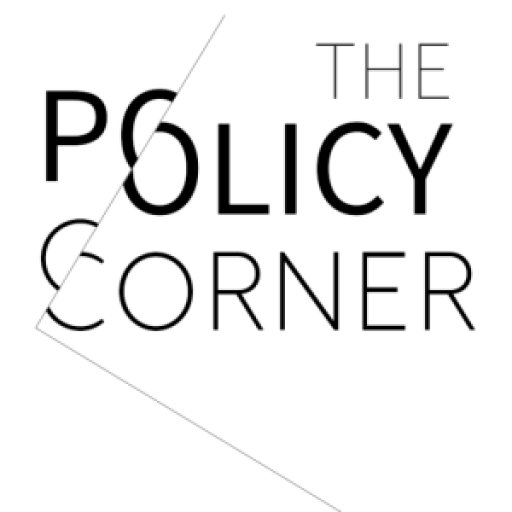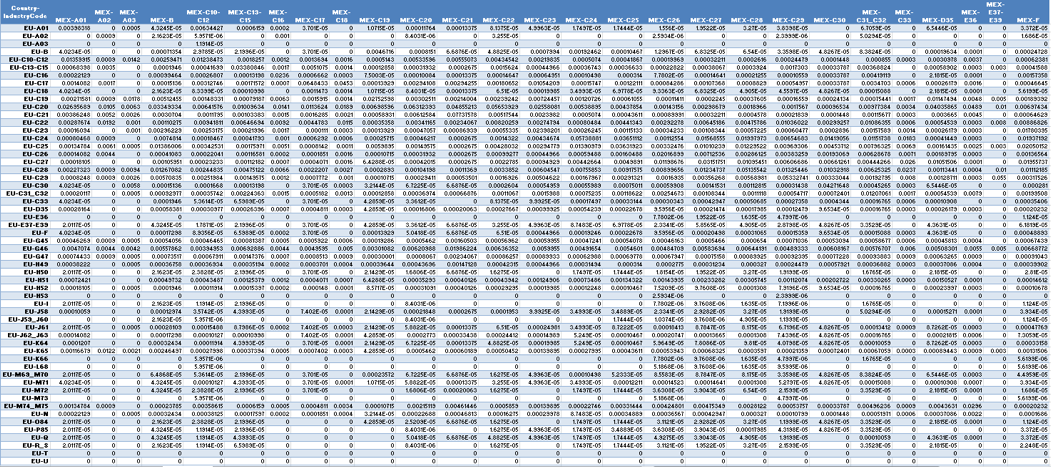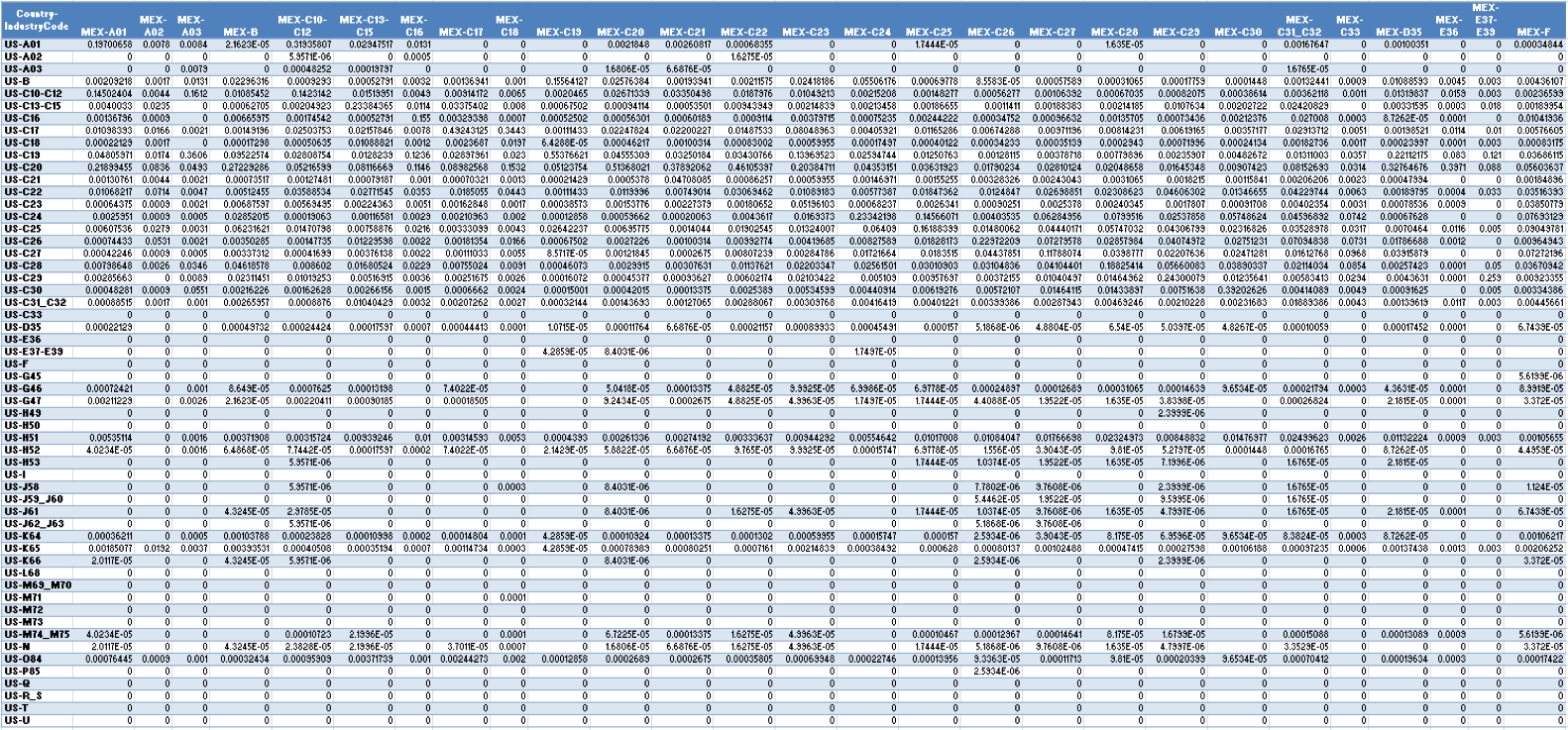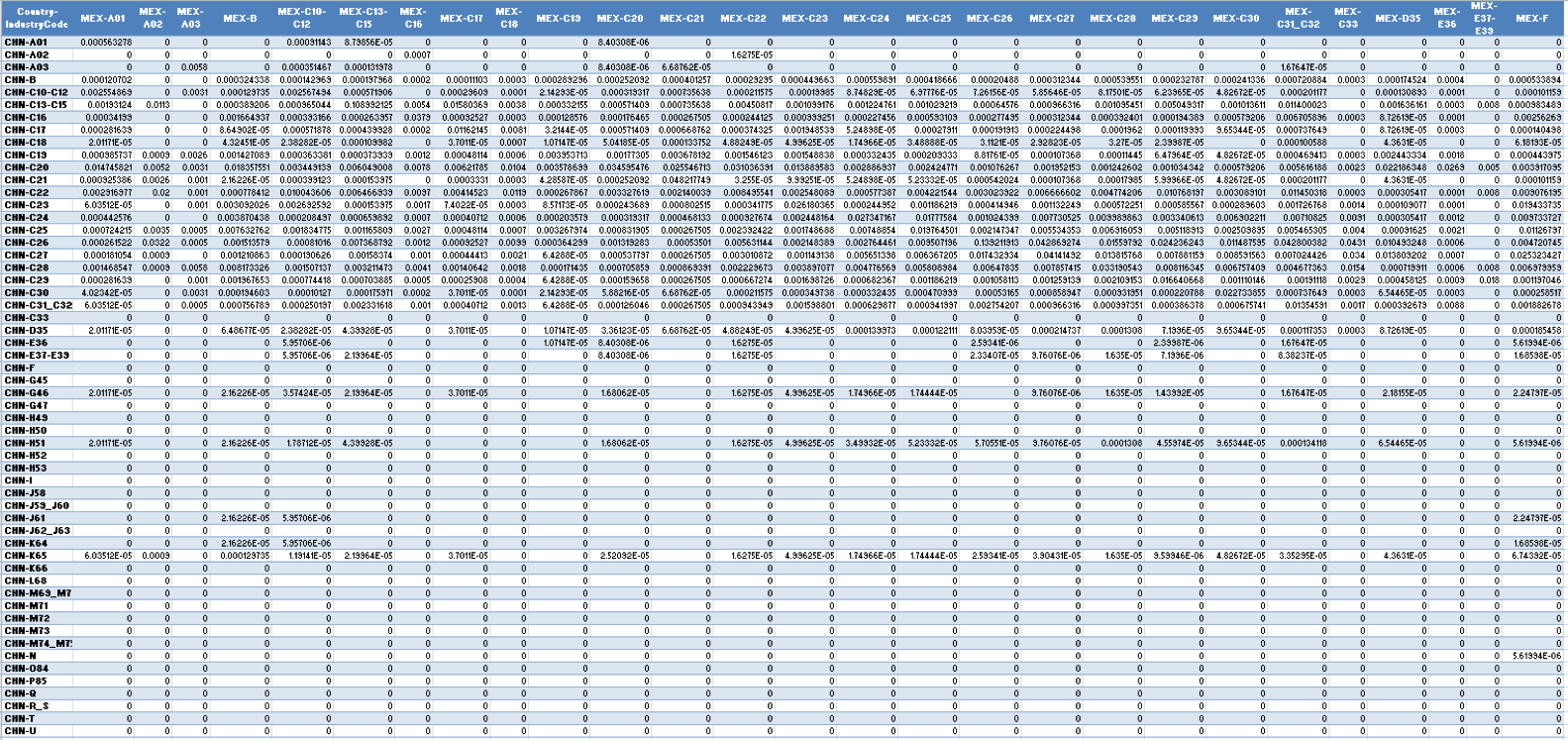The Leontief Strategy of Trade Negotiation
International trade is under pressure in both policy and economic debate. The search for common ground in the Doha Development Round gave way to sectorial reasoning, with debates framed in rigid standoffs between industrialized versus developing countries, agriculture versus services liberalization, and was formalized in strict agenda-setting with the single undertaking method.[1] In economics, the “global trade slowdown” has characterized the post-financial crisis decade, and most likely accounts for sluggish productivity growth.[2] These phenomena make their way into international politics, which increasingly builds on a competing view of “the outside” and a zero-sum judgment of multilateral economic exchanges.
To address these challenges, a new perspective is needed in trade policymaking, and the broader area of international trade negotiation. This new perspective draws on the work of Wassily Leontief, who – through the Input-Output model – developed and formalized the idea that sectors in the economy rely on each other, and that the output of one industry acts as input in a related industry’s production process.[3] This can be seen, for example, in the isolated interaction between the output of a country’s steel industry, and its effect as an input on the production process of its domestic automobile industry.
This same perspective can be adopted when perceiving the global economy as a unit. As I argue below, during trade negotiations policymakers are expected to make concessions which detract the least from domestic production processes, instead of thinking about how foreign goods and services could contribute the most to these processes’ success – quite the opposite of a global Leontief approach.
In broad terms, negotiators can adopt one of two strategies when concluding international agreements. The first is a mercantilist strategy, which seeks to maximize exports and minimize the increase in imports resulting from the reduction of foreign and domestic restrictions.[4] This strategy has long been politically crucial to maintaining free trade, as it balances the benefits to those exporters possessing comparative advantage against the costs to producers facing a comparative disadvantage because of import competition.[5] The second strategy is a domestic reform strategy, where governments use international agreements as instruments to achieve unpopular domestic reforms.[6]
There are good reasons to revisit both the domestic reform strategy and the mercantilist strategy. Democratic illegitimacy undermines the viability of the first strategy for policymakers, while economic changes, and particularly technical developments in multinational production, elicit a revision of the mercantilist strategy. In this article I address these changes and propose a third option: the Leontief strategy of trade negotiation.
Sometimes referred to as the “slicing up of the value chain”[7] and “globalization’s second unbundling,”[8] the related phenomena of trade in intermediates and the dislocation of production activities across borders put classical trade theories under pressure. This pressure arises as firms’ capacity to export, both in quality and quantity, is increasingly dependent on their ability to import competitive inputs.[9]
The Leontief strategy of negotiation can address these developments. In practice, this takes the shape of three indices to guide negotiators in trade policymaking, which I propose to draw from the World Input-Output database.[10] This allows the adoption of a Leontief perspective at the global level, quantifying the share of foreign goods and services in domestic production processes.
The first indicator developed here – (i) input exposure – is key for bilateral negotiation and measures the degree to which a given home industry relies on a particular foreign industry for its inputs. The latter two indicators – (ii) input intensity and (iii) input extensity – are key to multilateral trade negotiations, with the former measuring the degree to which a home industry is input-reliant, and the latter measuring the importance of all foreign inputs in total intermediate inputs of a given home industry.
(i) Input exposure = Inputs of foreign Industry y in Home Industry x / Total foreign inputs in Home Industry x
(ii) Input intensity = Total inputs in Home Industry x / Total output of Home Industry x
(iii) Input extensity = Total foreign inputs in Home Industry x / Total inputs in Home Industry x
Through the example of Mexico,[11] computing (i) input exposure highlights the importance of US chemical manufacturing in Mexican chemical manufacturing production, as the latter sources 51% of its foreign inputs from the US industry. For services, US Air Transport accounts for 35% of Mexican legal, accounting, and management activities’ foreign inputs. To consider these sectors as unrelated, or even as simply competitive, would therefore be harmful to the two countries in the renegotiation of a binding trade agreement.
With regards to (ii) input intensity, it would be desirable to create competitive markets for inputs in sectors which are input-intensive, such as Mexico’s electronic manufacturing. To this end, it is (iii) input extensity that provides trade negotiators a clear measure by which the prevalence of foreign goods and services present in domestic production processes can be measured.
Ideally, the difference between (ii) and (iii) – index (iv) – makes clear those sectors in which liberalization would be desirable, or otherwise not necessary. Although the optimal and precise value of this difference might be industry-specific and is dependent on the diligent computation of economists, index (iv) can provide equally useful guidance to trade negotiators.
In summary, the Leontief strategy of negotiation has a number of advantages.
Firstly, in policy and politics it creates a positive narrative of trade liberalization, which lies in between the support of some economists for unilateral liberalization and the mounting protectionist approach of nationalist politicians.
Secondly, for those policymakers that hope to predict which industries might suffer from competition with foreign goods and services, and which industries might instead gain from increased competition, the Leontief strategy provides an auxiliary instrument to assess the redistributive implications of trade liberalization and plan employment policy accordingly.
Finally, as mentioned, input sourcing at the micro-level is key for improving exports and boosting productivity.[12] The Leontief strategy therefore promises to play a role in the pursuit of economic growth and national development strategies.
According to recent empirical findings, the alignment of trade policy to patterns of multinational production is already taking place.[13] With this in mind, such a modernized framework allows for a conscious pursuit of the Leontief strategy of negotiation – one that makes policymaking fit for our economic reality.
This is the second place winning essay of our competition on Rethinking Economic Policy. Join the public award ceremony event on 15 February 2017 in Berlin to discuss this essay and more ideas for human-centered economic policy in the 21st century with a panel of experts and other young scholars!
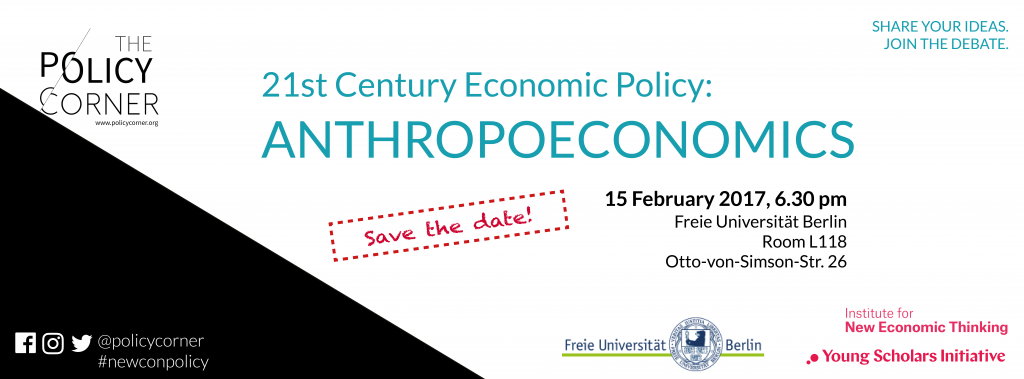
References
[1] Simon J. Evenett, “The Doha Round Impasse: a Graphical Account,” The Review of International Organizations 9, no. 2 (2014): 143.
[2] For empirical evidence see: Alla Lileeva, “Trade Evidence and Productivity Dynamics: Evidence from Canada,” Canadian Journal of Economics 41, no.2 (2008): 360–90; see also: Jan De Loecker, “Do exports generate higher productivity? Evidencefrom Slovenia,” Journal of International Economics 73, no.1 (2007): 69–98. For a more general treatment of the subject see: United Nations Development Policy & Analysis Division, Development Issue No. 11: The Slowdown in Productivity Growth: a View from International Trade, (New York: United Nations, 2017), available from:
https://www.un.org/development/desa/dpad/wp-content/uploads/sites/45/publication/dsp_policy_11.pdf
[3] Wassily Leontief, “Quantitative Input-Output Relations in the Economic System of the United States,” Review of Economics and Statistics 18, no.3 (1936): 105-125.
[4] Geza Feketekuty, “A Guide to Services Negotiations,” in Aaditya Mattoo, Robert M. Stern, and Gianni Zanini eds., A Handbook of International Trade in Services (Oxford: Oxford University Press, 2008): 563-564.
[5] Paul Krugman, “What should Trade Negotiators Negotiate About?,” Journal of Economic Literature 35, no.1 (1997): 118.
[6] Geza Feketekuty, “A Guide to Services Negotiations,” 563-564.
[7] Paul Krugman, Richard N. Cooper, and T. N. Srinivasan, “Growing World Trade: Causes and Consequences,” Brookings Papers on Economic Activity 1995, no. 1 (1995): 327-377.
[8] Richard Baldwin, “Trade And Industrialisation After Globalisation’s 2nd Unbundling: How Building And Joining A Supply Chain Are Different And Why It Matters,” NBER Working Paper no. 17716, 2011, National Bureau of Economic Research, Cambridge, MA.
[9] Maria Bas and Vanessa Strauss-Kahn, “Does importing more inputs raise exports? Firm-level evidence from
France,” Review of World Economics 150, no. 2 (2014): 241-275; Maria Bas and Vanessa Strauss-Kahn, “Input-trade Liberalisation, export prices and quality upgrading,” Journal of International Economics 95, no.2 (2015): 250-262.
[10] Available from http://www.wiod.org/home.
[11] Full results for (i), (ii), (iii), and (iv) are provided in the Appendix attached below. Mexico’s bilateral linkages are calculated with respect to the European Union, the United States and China.
[12] Ibid. 7.
[13] Emily J. Blanchard, Chad P. Bown, and Robert C. Johnson, “Global Supply Chains and Trade Policy,” NBER Working Paper no. 21883, 2016, National Bureau of Economic Research, Cambridge, MA.
Appendix
Key to reading WIOD results: Industry Code and Industry Description according to ISIC Rev.4 Classification
| Industry Code
|
Industry Description
|
|---|---|
| A01 | Crop and animal production, hunting and related service activities |
| A02 | Forestry and logging |
| A03 | Fishing and aquaculture |
| B | Mining and quarrying |
| C10-C12 | Manufacture of food products, beverages and tobacco products |
| C13-C15 | Manufacture of textiles, wearing apparel and leather products |
| C16 | Manufacture of wood and of products of wood and cork, except furniture; manufacture of articles of straw and plaiting materials |
| C17 | Manufacture of paper and paper products |
| C18 | Printing and reproduction of recorded media |
| C19 | Manufacture of coke and refined petroleum products |
| C20 | Manufacture of chemicals and chemical products |
| C21 | Manufacture of basic pharmaceutical products and pharmaceutical preparations |
| C22 | Manufacture of rubber and plastic products |
| C23 | Manufacture of other non-metallic mineral products |
| C24 | Manufacture of basic metals |
| C25 | Manufacture of fabricated metal products, except machinery and equipment |
| C26 | Manufacture of computer, electronic and optical products |
| C27 | Manufacture of electrical equipment |
| C28 | Manufacture of machinery and equipment n.e.c. |
| C29 | Manufacture of motor vehicles, trailers and semi-trailers |
| C30 | Manufacture of other transport equipment |
| C31_C32 | Manufacture of furniture; other manufacturing |
| C33 | Repair and installation of machinery and equipment |
| D35 | Electricity, gas, steam and air conditioning supply |
| E36 | Water collection, treatment and supply |
| E37-E39 | Sewerage; waste collection, treatment and disposal activities; materials recovery; remediation activities and other waste management services |
| F | Construction |
| G45 | Wholesale and retail trade and repair of motor vehicles and motorcycles |
| G46 | Wholesale trade, except of motor vehicles and motorcycles |
| G47 | Retail trade, except of motor vehicles and motorcycles |
| H49 | Land transport and transport via pipelines |
| H50 | Water transport |
| H51 | Air transport |
| H52 | Warehousing and support activities for transportation |
| H53 | Postal and courier activities |
| I | Accommodation and food service activities |
| J58 | Publishing activities |
| J59_J60 | Motion picture, video and television programme production, sound recording and music publishing activities; programming and broadcasting activities |
| J61 | Telecommunications |
| J62_J63 | Computer programming, consultancy and related activities; information service activities |
| K64 | Financial service activities, except insurance and pension funding |
| K65 | Insurance, reinsurance and pension funding, except compulsory social security |
| K66 | Activities auxiliary to financial services and insurance activities |
| L68 | Real estate activities |
| M69_M70 | Legal and accounting activities; activities of head offices; management consultancy activities |
| M71 | Architectural and engineering activities; technical testing and analysis |
| M72 | Scientific research and development |
| M73 | Advertising and market research |
| M74_M75 | Other professional, scientific and technical activities; veterinary activities |
| N | Administrative and support service activities |
| O84 | Public administration and defence; compulsory social security |
| P85 | Education |
| Q | Human health and social work activities |
| R_S | Other service activities |
| T | Activities of households as employers; undifferentiated goods- and services-producing activities of households for own use |
| U | Activities of extraterritorial organizations and bodies |
Appendix A1 – (i) Input Exposure: share of EU inputs/total foreign inputs in Mexican production processes, by industry, year 2014
In the following input-output table there are two variables: EU industries, input providing, on the first column to the left, and Mexican industries, input receiving, on the top row. What the table reads is the ratio of EU inputs to total foreign inputs into Mexican production processes. For example, taking MEX-C18 (Mexican Printing and reproduction of recorded media), it is possible to read which industries in the European Union provide inputs into this production process: EU-C17(Manufacture of paper and paper products) provides 4.53% of total foreign inputs, EU-C20 (Manufacture of chemicals and chemical products) contributes for 1.89% and some industries, like EU-H50 (Water transport) provide 0% of total foreign inputs. The same applies to all other tables.
Appendix A2 – (i) Input Exposure: share of USA inputs/total foreign inputs in Mexican production processes, by industry, year 2014
Appendix A3 – (i) Input Exposure: share of Chinese inputs/total foreign inputs in Mexican production processes, by industry, year 2014
Appendix B – (ii) Input intensity for Mexico: Share of total inputs in total output, by industry, year 2014
A larger value implies that a given industry is particularly input-reliant.
Appendix C – (iii) Input extensity for Mexico: Share of foreign inputs in total intermediate inputs, by industry, year 2014
A larger value implies that foreign inputs play an important role in domestic production processes for a given industry.
Appendix D – (iv) Input intensity-Input extensity for Mexico, by industry, year 2014
When index (iv) is closer to 1, this means that liberalization might be needed to create competition among input-providing foreign industries and boost domestic production processes. When (iv) is closer to 0, or negative, it might be that an industry is already significantly liberalized. (iv)=0 means that the share of intermediate inputs in production equals the share of foreing inputs in total intermediate inputs; this does not mean that 0 is the optimal level for (iv). It will be the job of the economist to establish this optimal level, which might be industry-specific.
Is the Estonian e-residency program a digital fairytale?
Estonia is considered a role model for digital public administration. The Estonian e-residency program is the most recent e-government initiative, which promises entrepreneurs worldwide access to its public administration 24/7. In its current state, the program cannot achieve its ambitious goal due to structural misconceptions that have caused issues around its efficiency and inclusiveness.
School Choice in the United States
School choice encompasses a variety of programs run by the U.S. government that allows parents to choose a school other than their local publicly funded school. Wealthy parents have been able to afford choices in education for a very long time. Now it is time that we allow poorer citizens to choose an education that best fits the needs of their children. School choice will allow this to happen.
Inflation During the Pandemic: Is ‘Transitory’ a Myth?
Caused by pent-up demand and intense supply disruptions, inflation has risen to its highest level in decades. As the specter of “entrenched inflation” looms, central banks must use monetary policy sensibly without overreacting. Central banks should allow time for overheated demand and supply disruptions to ease, lest the world’s advanced economies face their hardest landing yet.
